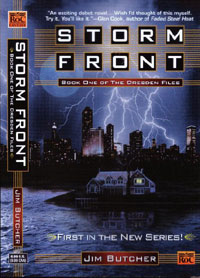Directed, written, and narrated by Orson Welles, this 1974
pseudo-documentary studies the nature of authenticity by looking at people
known for deception. Subjects include renowned art forger Elmyer de Hory, his
biographer (and the author of a fraudulent biography of Howard Hughes) Clifford
Irving, Welles’ companion Oja Kodar, and, ultimately, Welles himself.
The last completed Welles film, F for Fake is less a
documentary than it is a visual essay on authenticity, credibility, authorship,
and artistic values. At its best, it is clever, amusing, and incisive. At its
worst, it is self-indulgent, pretentious, and incoherent. And if it seems like
it should be two films, that’s because it really is. The project began with a
straightforward documentary of de Hory by Francois Reichenbach, which Welles
then expanded and put his creative stamp on. Whether this would have fared
better in its original format depends on your preferences, but it certainly
would have been less interesting.
What stands out most here is the film’s style. Welles and
collaborator Gary Graver did a masterful job of editing, weaving the interview
segments, historical images, and a jazzy Michel Legrand score into a kinetic,
fluid whirr. Though the film preceded the MTV generation, it seems right at home
with more contemporary efforts.
In terms of content, the film boasts a quirky cast of
characters. De Hory comes across as sagacious and likeable as he and Welles
exchange some well-deserved shots at the art establishment (The former at one
point boasts that he never offered a forged painting to a museum that didn’t
buy it). Irving, who writes off de Hory as delusional, seems as smarmy as he
does skeptical. Interestingly, Welles constantly reminds us of his own
inauthenticity: he opens the film by performing magic tricks, and he harkens
back to his War of the Worlds days by
recreating his faux news broadcast of an alien invasion.
The film decisively jumps off the rails at the one hour mark,
after which Welles relinquishes any claim to the events being true. Kodar
features heavily in these final segments, and she’s often shown in a needlessly
voyeuristic light (one piece has Pablo Picasso lusting after her from afar).
This last third begins amusingly, but it eventually becomes overwhelmingly
bizarre and indifferent to the concerns of the audience. It was as if Welles
grew bored with the film he was making and decided to shoot some esoteric
exchanges with his girlfriend instead.
Thankfully, for as jarring as these end parts are, they do
not sink the film as a whole. If you are willing to forgo a traditional
narrative, F for Fake will reward you with its quirks, perceptiveness, and
technical prowess, and that is the
truth.
8/10



